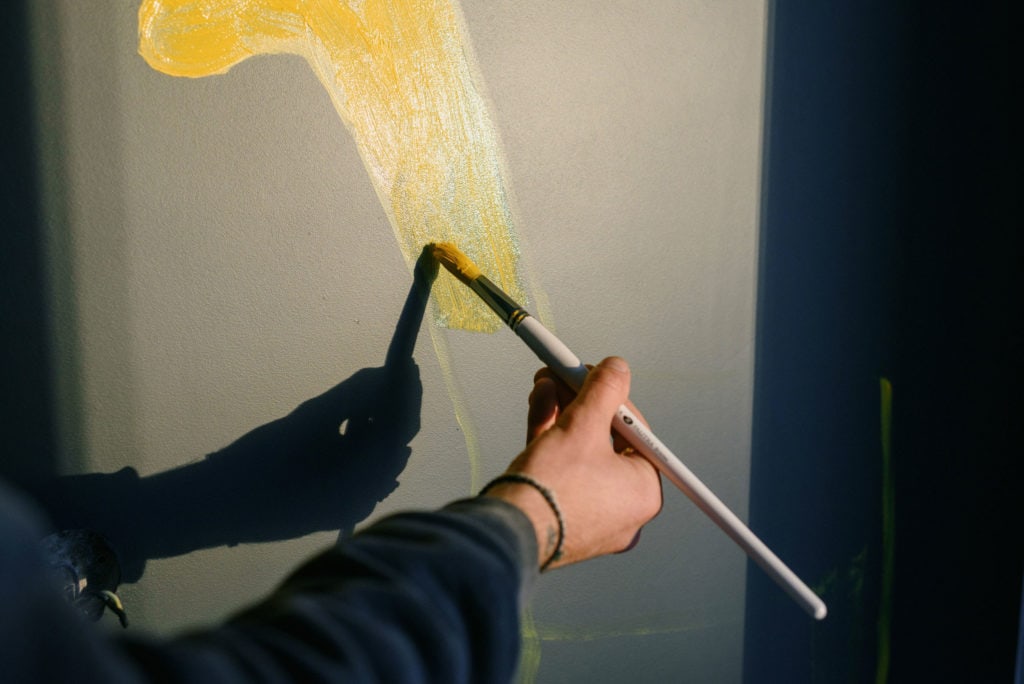When you purchase a painting, no matter the medium, you are responsible for the care of it. You should have a basic knowledge of how to protect the canvas painting you just bought (especially if is an expensive piece).
No matter the medium and the support you should be aware that these elements are bad for the paintings: Direct sunlight, high temperatures, humidity (Yeah Florida I love you). Avoid these as a general guideline.
Fading colors is a real problem. You do not want to purchase a piece of art and 15 years later barely be able to see the subject. Art is meant to have enduring value, and therefore be permanent.
This matter is called preservation and conservation. As an artist myself I want you to be aware of some information you should have before and after the purchase. Preservation and conservation procedures begin even before you make the purchase.
Before purchasing art
The artist himself should follow accepted standards that ensure maximum longevity to the artwork. Things, like not touching the paper or the canvas with bare hands, or protect the artwork with varnish and UV protection, are very important.
Make sure also that the painting is framed with a special UV acrylic plexiglass. This important element will protect your investment from damaging UV rays. Plus Plexiglas is lighter and more robust than glass.
Inquire with the artist about these procedures during the presales process.
Shipping issues
Shipping is a very delicate matter. To solve this issue, we decided to use Route App in order to give our customers a better post-purchase experience. With this app, you can track in real-time where your artwork is and solve any issues.
Plus it offers insurance coverage to financially recover from any lost items. In an extremely rare scenario.
Make sure t
After the purchase
How to protect a canvas painting once you purchase it? Once the artwork is in your hands it is your responsibility to continue the preservation process. If the canvas is rolled, do not leave it for too long wrapped. Don’t leave your art in a tube!
Pay attention to humidity. The amount of water in the air can have a huge impact on the overall health of your art.

Keep your glass or acrylics clean. When cleaning the glass or acrylic panel protecting your artwork, always use a soft non-abrasive cloth or microfiber towel.
Dust —don’t clean—your paintings. If you have a unique painting that’s not behind glass or acrylic, don’t use any cleaners or solvents on the surface to clean the painting…EVER. Instead, just lightly dust off the artwork with a soft feather duster or sable brush.
How to archive paintings

( Credits: Park West Gallery )
Conclusion
I am passionate about art. I love to share art with the World and I feel it’s a vital part of life to decorate your home with beautiful art. It is our desire as a company to make sure that we not only deliver beautiful art to you but also help you preserve these pieces for you and generations to come. I am very happy to answer any questions you may have to help you become an expert art collector.
Photo credits: Andrew Neel, Max Vakhtbovych, Rodrigo Mendez, Ksenia Chernaya
About the author
Alex Righetto
Alex Righetto is an Italian artist based in the US, known for his vibrant and bold paintings that reinterpret Italian and European history in a contemporary context. His work has been featured in various exhibitions and publications, including Vanity Fair and Vogue








